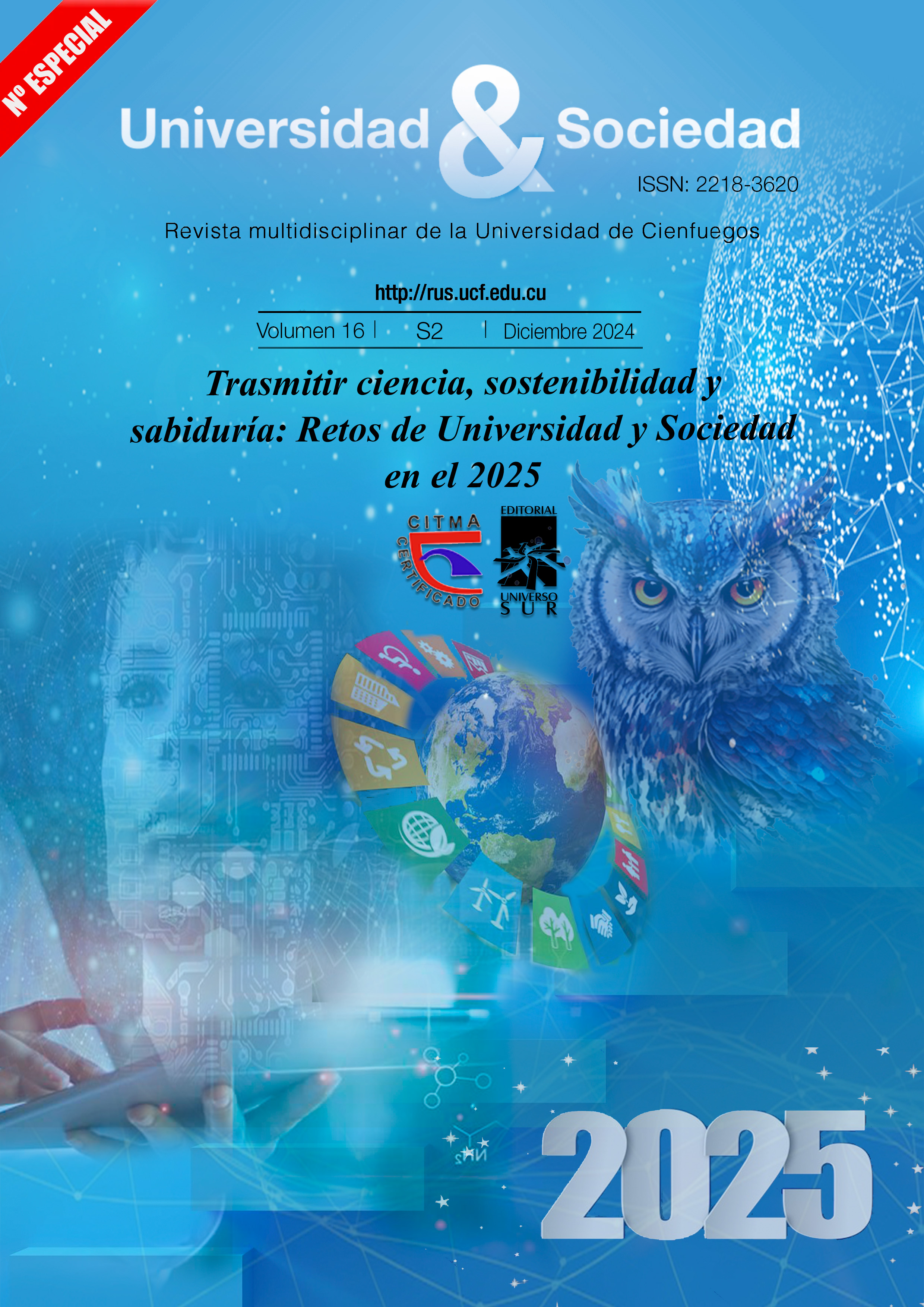Biogas production from organic waste, a sustainable alternative for the environmental development
Keywords:
Biogas, Methane, Biofilm, PET, ContaminationAbstract
Vinasses are the main organic waste from alcohol obtention with numerous toxic compounds for the environment. The discharge of untreated vinasses in water bodies or soils has significant environmental and social impacts. Anaerobic digestion is a method used for the treatment of organic wastes such as vinasses, and the simultaneous production of bioenergy and biomaterials. The use of biofilms in bioreactors favors biogas production, reducing the number of toxic components. In the present study, the use of a low-cost biofilm made of PET or polyethylene terephthalate was evaluated in a 6 L bioreactor digesting mezcal vinasses and cow manure. The production of biogas and methane was analyzed. The biofilm bioreactor generated 40 and 70 % more biogas and methane and lower hydrogen sulfide, in comparison to the control bioreactor. Organic acids did not accumulate in the bioreactor with biofilm, while the control bioreactor showed an accumulation of these acids. This work presents an alternative use of reusable and low-cost biofilms, improving the effectiveness of anaerobic digestion.
Downloads
Published
How to Cite
Issue
Section
License
Copyright (c) 2025 Editorial "Universo Sur"

This work is licensed under a Creative Commons Attribution-NonCommercial-NoDerivatives 4.0 International License.
La editorial "Universo Sur", de la Universidad de Cienfuegos, publica el contenido de la Revista "Universidad y Sociedad" bajo una Licencia Creative Commons Atribución-NoComercial-SinDerivar 4.0 Internacional.
© Podrá reproducirse, de forma parcial o total, el contenido de esta publicación, siempre que se haga de forma literal y se mencione la fuente.










